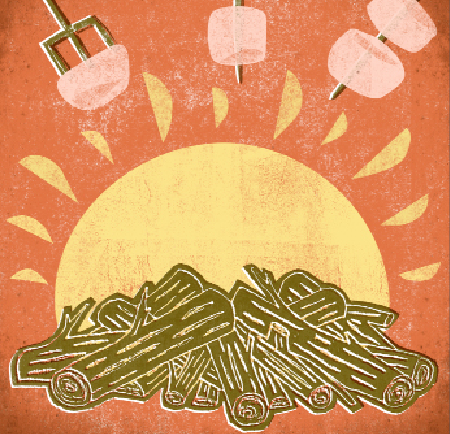
Solar has the potential to power more than just camping showers.
It’s invisible. It boils the kettle, plays music, stops ice cream melting, keeps flocks of cattle from escaping, switches on the Large Hadron Collider in the morning and executes prisoners on death row. It also reliably ends dinner party conversation. For some reason, energy isn’t a very inviting topic. Just listen: peak oil, wind farms, coal mining, fracking, solar power, nuclear fusion. Are you still paying attention? I zoned out just typing that.
But as there’s going to be a point in the future when we can’t harvest energy directly from upset polar bear cubs or icebergs or other things up north, let’s take a look at our other options, because there are plans afoot well worthy of cocktail-hour anecdotes. ?
?
Our sun is actually not a renewable resource. It’ll run out of juice in about 4.5 billion years, reckons NASA. But until the year 4,500,002,013 arrives, solar powering things other than camping showers is a pretty cunning idea.
Solar radiation just drops from the sky for free, plus you don’t need to buy an exploration permit for it, like you do for mining. You might think those parts of the world that never cloud over (“islands”) are probably busy harvesting all that free sun power already. But the Greek islands run on diesel. So do most of the Pacific ones.
That’s where Sunergises come in. They’re busy running around Fiji installing solar arrays for nothing. The business works on a power-purchase agreement model, explains Nick Worthington, who you might know better as Colenso BBDOís top creative guy.
“So where it might be costing Fijians 90c a kilowatt to generate power using diesel, they might buy it from Sunergise for 30c a kilowatt,” Worthington says. The locals make a saving and Sunergise slowly pays down their loan. No-one’s making heaps of money from the scheme, but everybody’s winning.
Worthington’s job is getting businesses on board for installations here – starting with Colenso, then maybe Karen Walker.
Sunergise isn’t the only one looking at the sky and doing the maths. Boffins have figured out that just 0.3 percent of the sunlight falling on the Sahara is enough to power the entire European Union, while Saudi Arabia is planning to blow $109 billion on building solar arrays. A study in the Journal of Environmental Studies and Science found once you add on the environmental and social costs to power generation from fossil fuels, renewable energy works out cheaper.
Other energy companies are looking under their feet rather than up into the sky, but what they’ve spotted won’t keep Greenpeace interns up late at night creating negative PR campaigns. Turns out volcanoes have plenty of energy to spare! And if your country isn’t rich in geothermal activity, don’t let that stop you; former British energy minister Charles Hendry wants to harness Iceland’s volcanoes and use them to power the UK. (Iceland is yet to comment on how it feels about this). Chile’s looking into it, too – it’s got 10 percent of the world’s volcanoes.
Finally, Stanford engineers have just figured out how to generate power from poop (well, from microbes that have evolved to produce electricity as they digest plant and animal waste). They have a 30 percent efficiency rate – about the same as solar arrays converting sunlight into energy. It still might not provide great dinner-party chat, but somewhere there’s a sad little polar bear sighing in relief.




